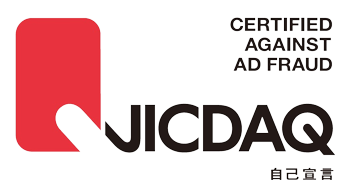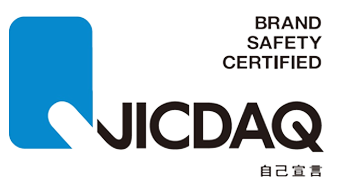In the competitive world of real estate, standing out and acquiring high-quality leads is paramount. Real Estate Shop Nakajitsu, a leading brokerage firm in Japan, faced significant challenges in its digital marketing efforts, from rising ad costs to the detrimental impact of ad fraud. Seeking innovative solutions, they turned to Spider AF to enhance their advertising efficiency and drive better results. This case study explores their journey, the obstacles they faced, and the remarkable improvements achieved with Spider AF.
The Challenge Beyond Traditional Marketing Techniques
Q: What challenges did you face with your existing advertising strategies?
Yanagi: Our primary goal is to maximize sales by acquiring new prospective customers and increasing our market share. While we've successfully established our presence in existing areas, raising awareness in newly opened markets has been challenging. We rely heavily on web advertising, but the cost-effectiveness of SEO and search listing ads was becoming an issue.
Q: Did the pandemic exacerbate these challenges?
Yanagi: Absolutely. With restricted movement, creating customer touch points online became critical. Advertising costs were rising, and we had to adapt by offering online consultations and negotiations. We needed new, cost-effective solutions to expand our customer base beyond traditional marketing methods.
Addressing Ad Fraud was a Turning Point
Q: Is this why you considered ad fraud prevention?
Hamada: Yes, we were facing issues with our ads unintentionally appearing on foreign websites while our target specifically was on the Japanese market and experiencing low-quality conversions.
Q: What was the state of your ad fraud prevention before using Spider AF?
Hamada: We used another tool internally, but its service was discontinued. We quickly adopted Spider AF, which was cheaper and more efficient. It offered broader media coverage, including newer platforms like LINE ads and Microsoft ads.
Q: What are your impressions of Spider AF?
Hamada: Spider AF covers a wide range of media, including newer platforms like LINE ads and Microsoft ads, which is an improvement over our previous tool. The documentation is well-organized, making it easy to implement and use. It visualizes budget savings from wasted clicks and includes thorough explanations of terms and points on the management screen, enhancing its user-friendliness.
Q: Do you find any difficulties in operating Spider AF?
Hamada: Once set up, it can automatically exclude audiences through the API and cover many media platforms, which is extremely helpful for marketers. Sharing information within the company and with external ad agencies became seamless since everything operates automatically once set up.

Quality Over Quantity
Q: How did the decrease in ad fraud impact your operations?
Hamada: We saw a significant decrease in low-quality conversions in addition to a change in invalid traffic. The percentage of new customers among our conversions improved by a few percent, which has a substantial impact on sales. Addressing fraudulent conversions was key to enhancing cost-effectiveness and decision-making. A high volume of low-quality conversions could lead to incorrect analysis on measurement tools like Google Analytics, and could also negatively impact machine learning processes.
Yanagi: Even a few percent improvement significantly impacts sales. Resolving fraudulent conversions was crucial for improving our advertising efficiency and ultimately increasing sales.

Continuous Improvement
Q: What are your future challenges in the advertising domain?
Yanagi: We aim to evaluate our campaigns more precisely based on ROAS and further improve cost-effectiveness. Ensuring fair assessments between our brokerage fees and new house sales, which have significant price differences, is our current challenge.
Spider AF have already saved us hundreds of dollars per month in wasted budget, showing clear and positive improvements.
Q: Do you have any messages for readers about your company?
Yanagi: Our real estate company offers a "one-stop service" that caters to all needs, including our original brand of new homes, "Asobi-Sumika." If you're considering real estate, please check out Nakajitsu.
Key Takeaways
Real Estate SHOP Nakajitsu's success story with Spider AF highlights the importance of innovative solutions in digital marketing. By addressing ad fraud and improving lead quality, they not only maximized their advertising efficiency but also significantly boosted their sales performance. Spider AF proved to be a game-changer in their journey toward achieving their marketing goals.
Ready to elevate your digital marketing strategy and combat ad fraud? Book a demo with Spider AF today!
Thank you for the interview, Ms. Yanagi and Mr. Hamada!









%20(1).png)
.png)
.png)





